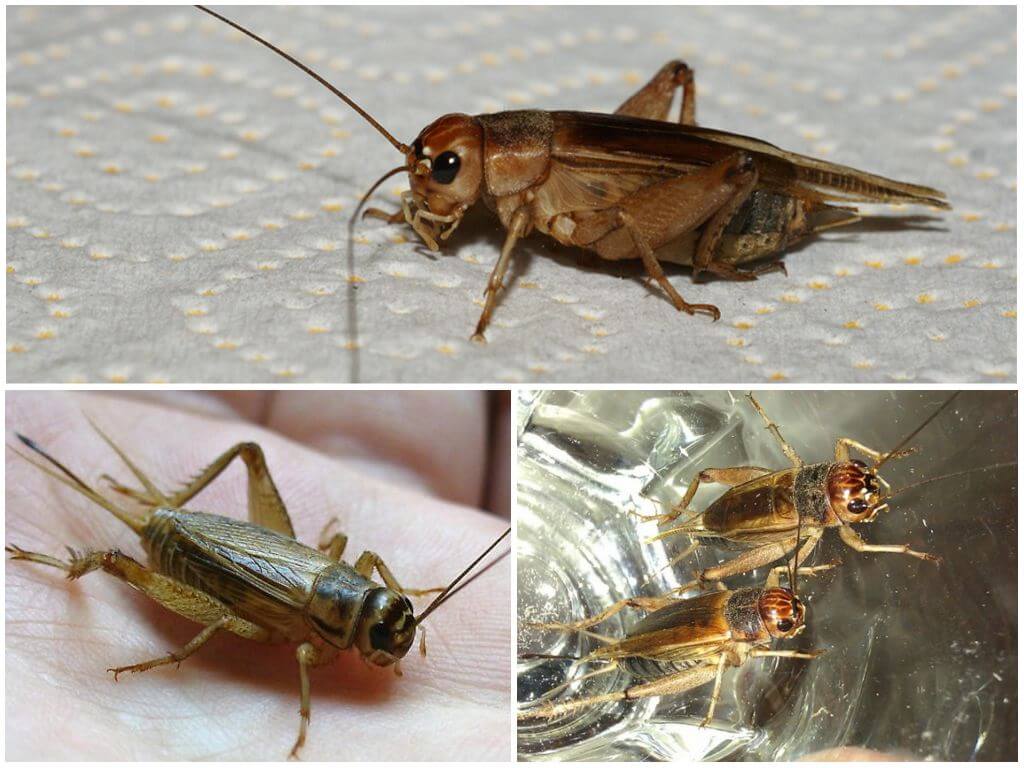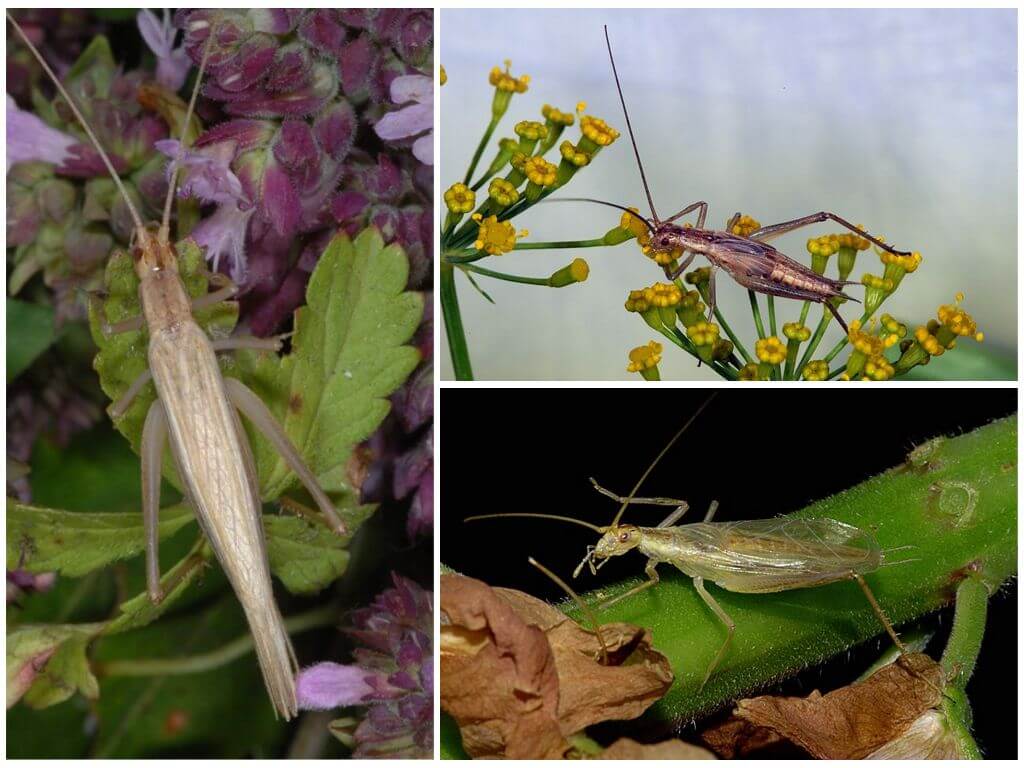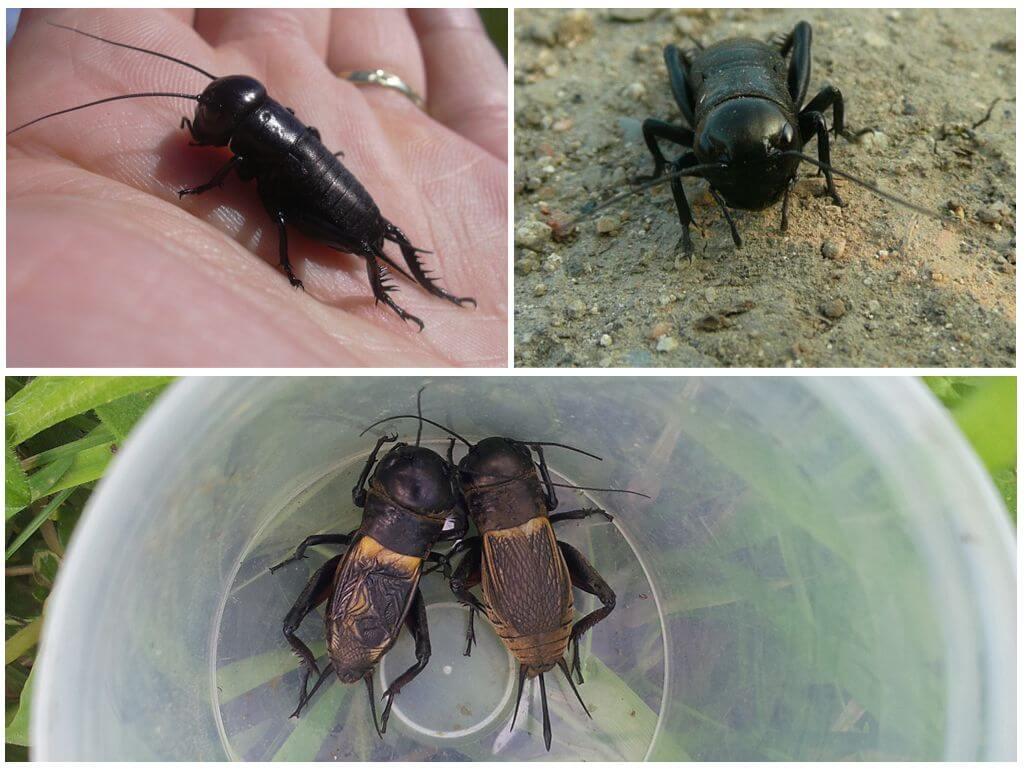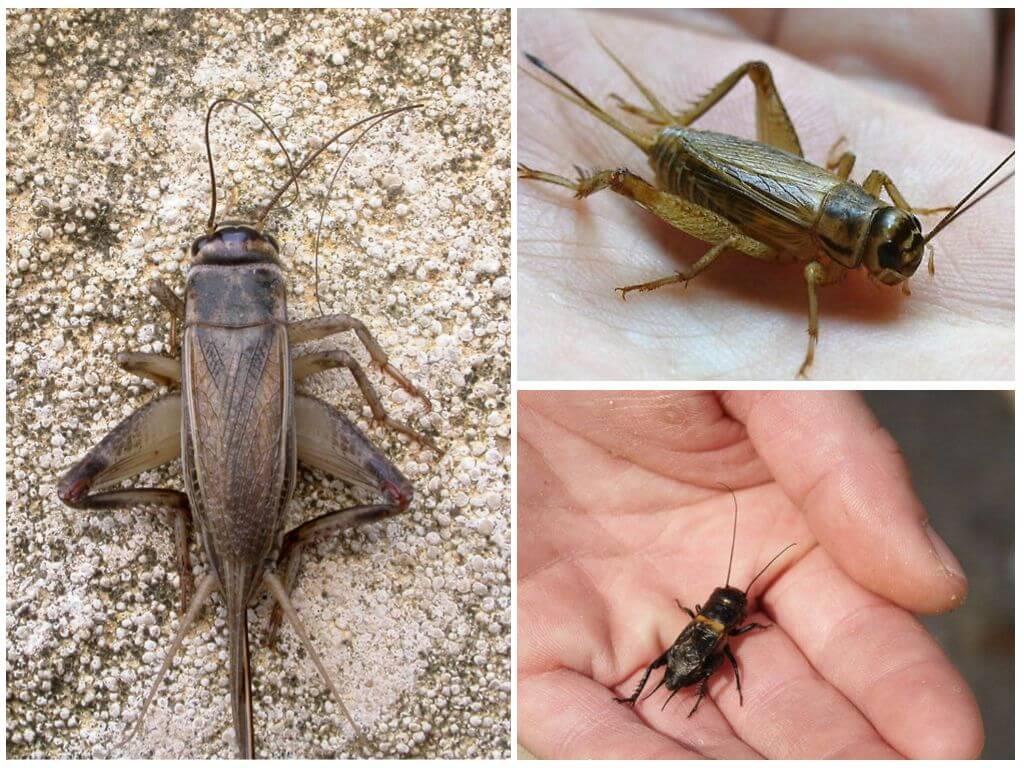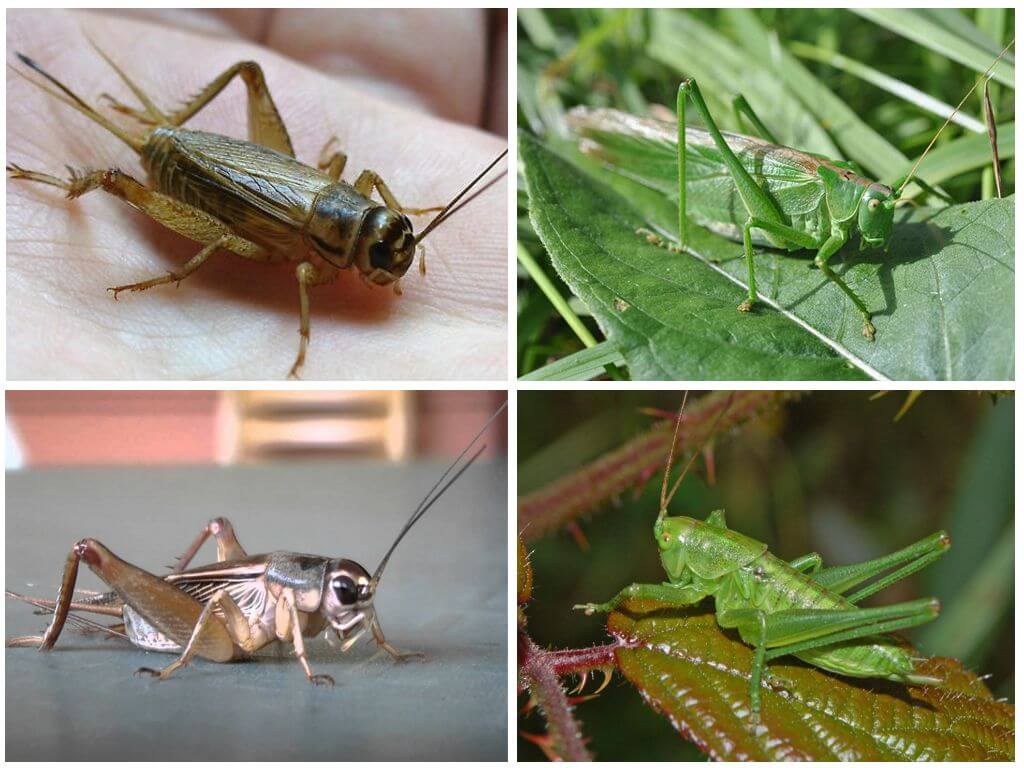
Crickets and grasshoppers are common throughout almost the entire territory of our country. In the warm season, every rural and even urban dweller has heard the bewitching chirping of these individuals more than once. Many even mistakenly believe that this is the same insect. In fact, the parameters that distinguish a cricket from a grasshopper are more than enough.
External features
Both insects are representatives of the orthoptera squad, each having its own family: cricket and grasshopper. Those who had the opportunity to see both nearby could note that the difference is obvious:
- Grasshoppers have a greenish color, very thin and long hind legs. In crickets, the color is more squat, brown, somewhat similar to cockroaches. The back pair of legs is less developed.
- The apparent difference in representatives of orthoptera and in size. The body length of green orthoptera is about 2.8-3.9 cm, and crickets do not grow more than 30 mm.
- There are differences in the grasshopper and cricket in the breeding mechanism. Both species equally attract the female. To do this, insects begin to chatter. The louder and more active the sound, the greater the chance of mating. But the female grasshopper has a more modernized organ for laying eggs. He helps her securely hide offspring from enemies. A female cricket has a needle-shaped ovipositor, through which it lays offspring in plants.
On a note!
A detailed review of the photo shows a difference in the methods of laying wings. Grasshoppers in the process of folding push one wing onto another, forming the shape of a house. A cricket covers the left wing with the right wing horizontally.
Taste preferences
The differences between the grasshopper and the firefly also affected the way of feeding. Grasshoppers by nature are predators and as food choose other insects. The representative of the orthoptera waits until the victim loses alertness and clasps its powerful front paws. The developed oral apparatus allows you to cope even with larger specimens. Individuals do not disdain their own representatives, which are smaller and weaker. They can switch to plant food only in cases of exception, if there are no insects nearby.
Crickets are more likely to eat plant foods. They drink the juice of the plant, thereby leading them to death. With the spread of a large population near the summer cottage, serious damage can be done to the plantations, as individuals will prefer succulent seedlings over dry weeds. If they settle in a human dwelling, then the way of eating house crickets will resemble cockroaches. Fireflies will gladly begin to absorb the remnants of human food.
Thus, based on the above differences, we can conclude that these insects, although they are close relatives in the order, have significant differences that make each individual individual.
